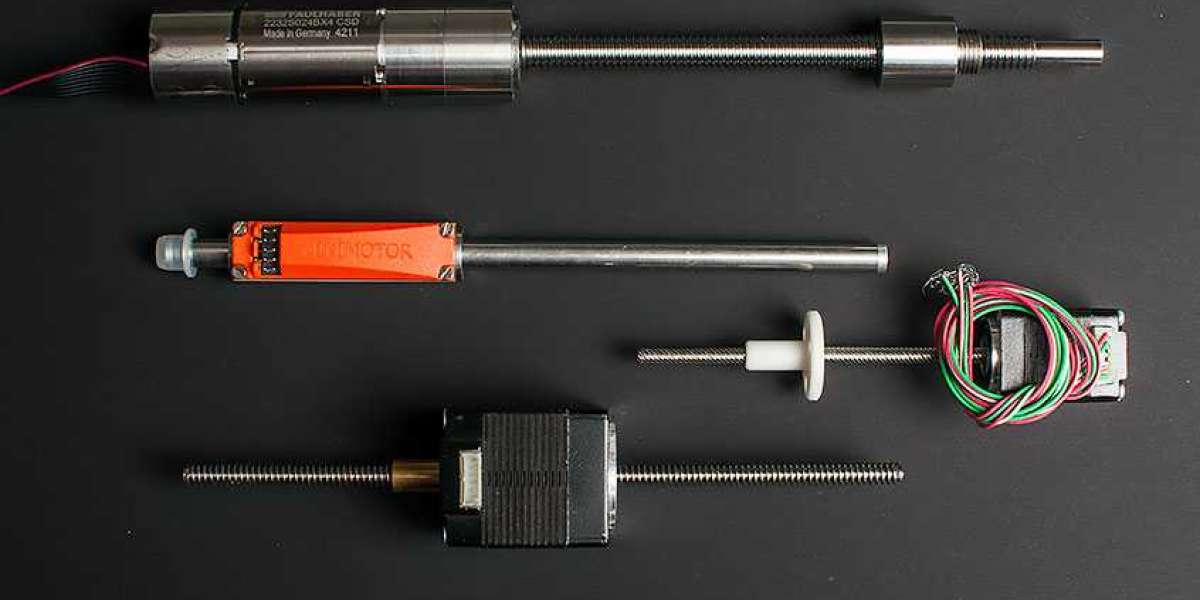Types of Linear Motion
Translational motion refers to any motion where an object moves from one point to another in a straight line without rotating. Linear Motion Walking, driving a car in a straight line, and throwing a ball are all examples of translational motion. Vibrational motion occurs when an object oscillates back and forth repeatedly around a central equilibrium position in a linear fashion. Examples include a swinging pendulum, vibrating cellular phone, and plucking a guitar string.
Factors Affecting Linear Motion
Several factors can affect the motion of an object, including:
Forces: Any force applied to an object, such as gravity, friction, electric/magnetic fields, can cause the object to accelerate in the direction of the force or decelerate if the force opposes the motion. Larger forces generally result in greater acceleration.
Mass: The mass of an object determines how it responds to applied forces according to Newton's Second Law (F=ma). Heavier objects require greater forces to achieve the same acceleration as lighter objects.
Friction: Frictional forces always oppose the motion between two surfaces in contact and convert kinetic energy into thermal energy. Different types of friction like static, sliding, and rolling friction affect this motion differently.
Get more insights on - Linear Motion













